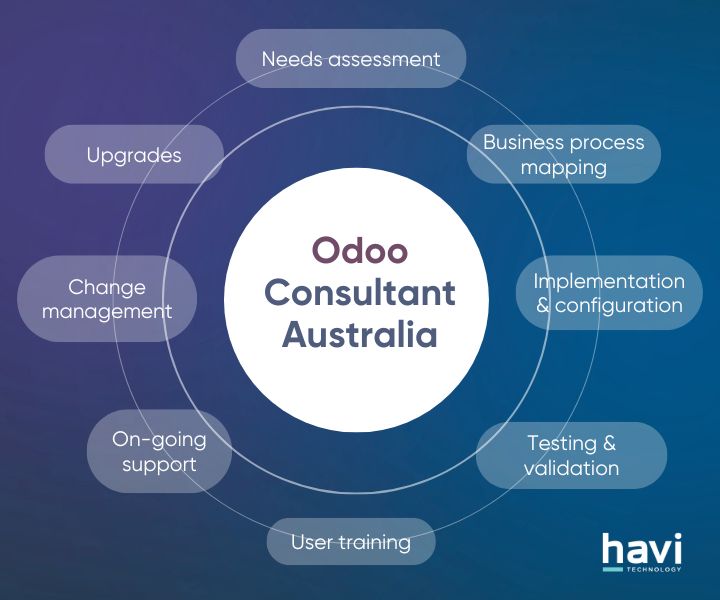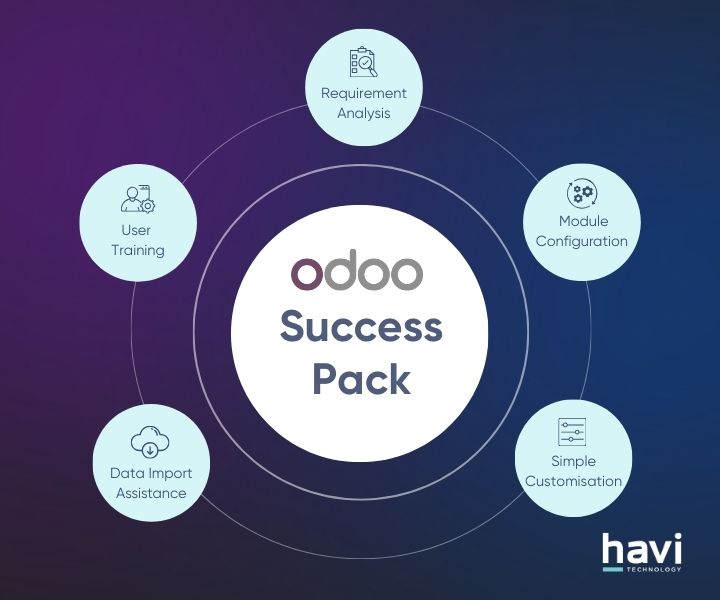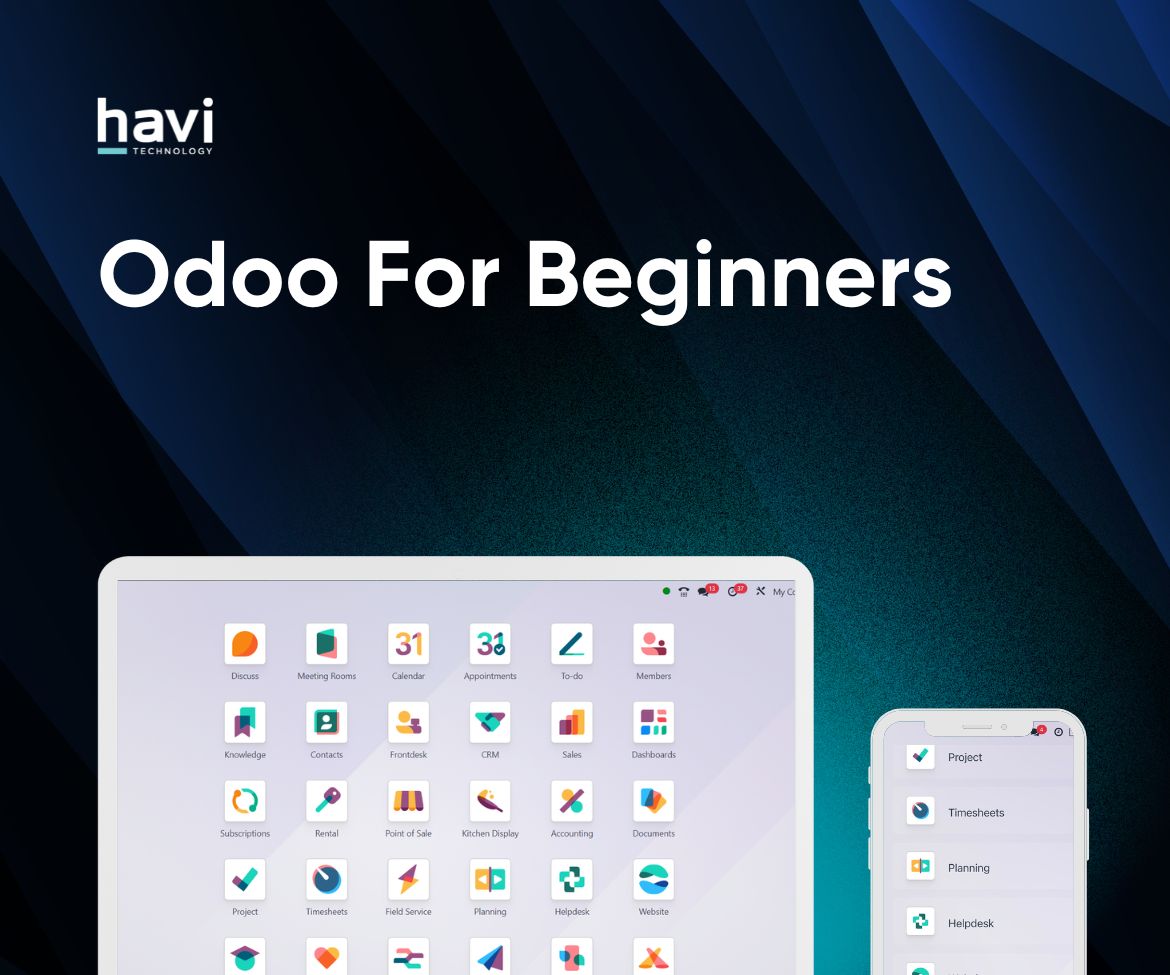TABLE OF CONTENTS
- 1. Website and Customer Experience
- 1.1. Website & eCommerce: Guided Onboarding, New Templates, Google Merchant Sync
- 1.2 Live Chat and Discuss: Expertise Routing, Chat Insights, Status Controls
- 2. Sales, CRM and Subscriptions
- 2.1 Sales: Editable Optional Products, Catalogue Sections, Portal Top-Up
- 2.2. CRM and Marketing: AI Probability, Lead Sources, Kanban Linking
- 2.3. Subscriptions: Prorated Billing, One-Time Sales, Portal Edits
- 3. Inventory, Purchase and Barcode
- 3.1. Inventory and Purchase: Packages within Packages, Forecasted Reports, Suggested Quantity to Replenish
- 3.2. Barcode: Operation Descriptions, Product Source Location, Lot and Serial Number Properties
- 4. Manufacturing, Shop Floor & Planning
- 4.1. MRP: Gantt View, Editable Deadlines, Labour-Based Valuation
- 4.2. Shop Floor & Planning: Barcode Workflows, Shift Scheduling, Routing Edits
- 5. Project, Timesheets and Services
- 5.1. Project and Timesheet: Smart Assign, Mobile Grid View, Priority Alerts
- 5.2. Field Service and Appointments: Calendar View, Technician Tracking, Mass Planning
- 6. HR, Payroll and Expenses
- 6.1. Payroll: Redesigned Engine, Payslip Correction, Unified Master Report
- 6.2. Time Off and Expenses: Odoo Master Cards, Multi-Expense Submission, Complex Duration
- 7. Accounting, Compliance and ESG
- 7.1. Accounting: Peppol Invoicing, Bank Sync, BAS Reports
- 7.2. ESG App: Scope 1–3 Emissions, CSRD Reporting, Auto Category Mapping
- 8. AI, Documents and Sign
- 8.1. AI App: Prompt Commands, Auto Field Completion, Voice and Web Search
- 8.2. Sign and Documents: Bulk Signing, Chatter Integration, Access Controls
- Odoo 19: What’s Coming For Australia?
- 1. Fully compliant Payroll AU with STP Phase 2 and SuperStream
- 2. ABA file payments, Direct Debit for wages/super
- 3. Multi-stream YTD import, backpay, and validations
- 4. 2025–26 tax rules, STSL changes, ATO security
- 5. Peppol invoicing, GST toggle, fringe benefits, BAS automation
- 6. Tyro integration
- 7. Roadmap: SBR BAS lodging, Open Banking, PEL Access, Fiduciary Program
- Odoo 19’s FAQs For Australian Teams
- 1. How should Australian businesses prepare?
- 2. How is Odoo 19 different from Odoo 18 in Australia?
- 3. How can AI in Odoo 19 be tailored for real business outcomes?
- 4. How can I try Odoo 19 or upgrade from my current version?





Odoo is an open-source enterprise resource planning system with fully integrated business applications, such as Odoo Accounting, Inventory, Manufacturing, Employees, CRM, and more. These apps are built to centralise and utilise key areas of your business. The image below shows Odoo’s latest dashboard interface with various app options for different business functions:
Specifically, when Odoo is described as being fully integrated, it means that every Odoo app works well with each other in a single database. This integration feature provides seamless business management by reducing manual operations, data duplications and isolation.
Let’s take a look at its journey - from its early beginnings as TinyERP to becoming one of the most widely used business management solutions in the world.
How Was Odoo Founded?
Odoo was originally known as TinyERP, founded in 2005 by Belgian entrepreneur Fabien Pinckaers with a bold vision: to transform the innovative enterprise software market with totally free ERP software. Since the very start of his endeavour, Pinckaers’ clear objective was to disrupt the market giants; in his opinion, small and midsize businesses deserved a more agile and innovative solution.
TinyERP gained popularity, but further growth, especially beyond the small business market, required a change in its branding. Based on Odoo’s story by Fabien, in 2009, TinyERP was renamed to OpenERP, showing that it had become completely open-source with publicly available source code, allowing users to customise it without restrictive licensing fees. The platform developed quickly, and a large number of customers joined to contribute to its development. Moreover, the number of modules was increasing, and they covered various business areas such as sales, inventory, finance, and HR.
By 2010, OpenERP had expanded to over 100 employees and had been named one of the most rapidly growing businesses in Belgium at that time. As a result of the continuous expansion, the company managed to attract funds from leading European investors. This investment led to a significant change in the strategic direction - from the service provider to a software publisher with an extensive partner ecosystem.
In 2014, OpenERP underwent another critical change. Knowing that its product has turned into something more than traditional ERP with e-commerce and business intelligence, the company renamed it Odoo. This was followed by new Odoo positioning - a versatile business management software, not just an ERP.
Since then, Odoo has achieved exponential growth, becoming the most widely installed business management software globally with thousands of new installations every day. Today, Odoo has attracted over 12 million users worldwide, including global enterprises such as Allianz Insurance, Toyota, IBM, Hyundai, Sodexo, and National Australia Bank, highlighting its scalability and real-world capabilities. Odoo has also presented 40+ core modules, built a strong partner network, and developed 48,000+ integrated apps with multiple editions over the years, with the latest being Odoo 18.
What Is The Latest Version Of Odoo?
Currently, Odoo 18 is the latest version with robust enhancements in various business areas, including sales management, e-commerce experience, inventory/manufacturing optimisation, and more. However, Odoo releases a new version annually, with each update bringing enhanced features, performance, and new modules. Therefore, to find the most up-to-date version when you visit, please go to Odoo’s official website for more information.
Watch this video for an overview of Odoo 18’s latest updates:
Now, let’s explore the key functionalities of Odoo and how they help optimise your operations.
What Are Key Odoo ERP System Features?
Odoo has a wide range of modules that help manage various business activities such as Sales and Marketing, Manufacturing, Inventory Control, Finance and Accounting, etc. The illustration below highlights core Odoo modules across business functions:
One of Odoo’s key advantages is that it allows users to choose only the apps they need and integrate more later when the business grows. This offers scalability and cost-effectiveness for businesses across many industries.
With a wide range of powerful modules, Odoo enables users to manage everything from manufacturing and inventory, to accounting and HR.
However, beyond its features and functionalities, an important question remains: is Odoo a good fit for businesses in Australia? To answer this, we need to explore Odoo’s impact in the Australian market, its localised features, and whether it aligns with your specific business needs.
Is Odoo A Good ERP For Australian Businesses?
Yes, Odoo is a powerful and cost-effective ERP solution for Australian businesses, offering extensive scalability, affordability, and localisation. With a modular structure and a strong presence in Australia, Odoo enables businesses across industries - from manufacturing to retail and e-commerce - to streamline operations and drive growth efficiently.
A real-world example of Odoo’s impact comes from a Sydney-based startup that implemented Odoo’s manufacturing management modules. This startup was able to save 20 minutes per hour in production, saved AUD 240 per week, and scaled from 9 to 96 employees in two years. Other success stories in Australia also prove that Odoo is a practical, results-driven system for Australian businesses.
Now, let’s explore why Australian companies choose Odoo and how to determine if it aligns with your business.
1. Why Do Australian Companies Choose Odoo?
Australian businesses adopt Odoo because of its scalability, affordability, and compliance with local business requirements. Unlike traditional ERP systems that require heavy upfront investments and complex integrations, Odoo provides a flexible, all-in-one solution that adapts to businesses of all sizes.
Here are the key Odoo localised features and enhancements for Australian businesses:
Moreover, Odoo offers local hosting plans with data centres located in Sydney, contributing to better results and meeting the Australian laws of data privacy. You can watch this video for an overall update on Odoo localisation for Australia:
After getting to know Odoo’s localisation effort for Australia, you must go further into the details of how Odoo can align specifically with your current operations.
2. How To Know If Odoo Fits Your Business?
To determine if Odoo is right for your business, you need to assess your operational needs, budget, and industry-specific requirements. Here are five helpful methods:
Once you've assessed whether Odoo fits your business needs, the next crucial step is understanding and evaluating the cost of implementation.
Odoo's pricing structure varies based on factors such as the edition, number of users, hosting options, and advanced capabilities. To make an informed decision, it's essential to evaluate Odoo’s total cost of ownership (TCO) and the best pricing package for your business.
How Much Does Odoo Cost?
The cost of Odoo varies depending on key factors such as the Odoo edition, number of users, your operating location, required features, and implementation fees. Firstly, let’s define what is included in Odoo’s total cost of ownership.
1. What is Odoo’s total cost of ownership?
The TCO includes licensing, implementation, hosting, support and upgrade fees. Before deciding to implement Odoo, it is highly recommended to analyse Odoo’s total cost of ownership (TCO) applied to your organisation. The following image shows a breakdown of the key cost factors:
To gain a better understanding of Odoo's TCO, visit our Odoo pricing page. Now, let's explore Odoo's available packages and how they cater to different business needs.
2. What are Odoo’s available pricing packages?
Odoo offers two main pricing packages: the free Odoo Community edition and the paid/free Odoo Enterprise plans. Although the Community edition has core modules like CRM, Accounting, E-commerce and others, users can only access advanced features in the Enterprise edition.
What is Odoo Enterprise?
Odoo Enterprise refers to paid pricing packages that offer advanced features, full support, and greater customisation capabilities for organisations. It has three pricing plans, as shown in the illustrations below:
The price for Odoo plans may change considering your location and time visited. If you need the latest and most accurate pricing in Australia, please leave a quote on our Odoo pricing consultation service.
In conclusion, Odoo ERP is a powerful, scalable solution designed to streamline operations across industries, and presents robust localisation capabilities for the Australian market. Whether you're a small or growing business, evaluating Odoo and how it aligns with your workflows is key to successful implementation. Are you ready to explore Odoo for your business? Don’t hesitate to request a demo today.
References